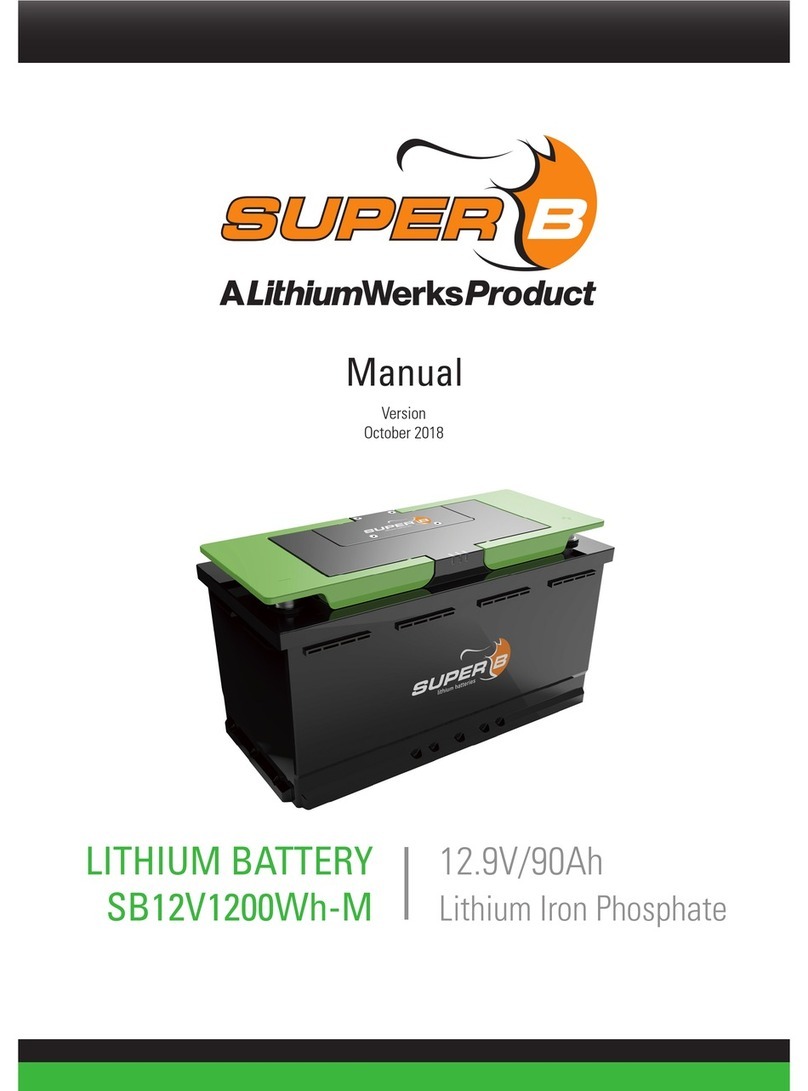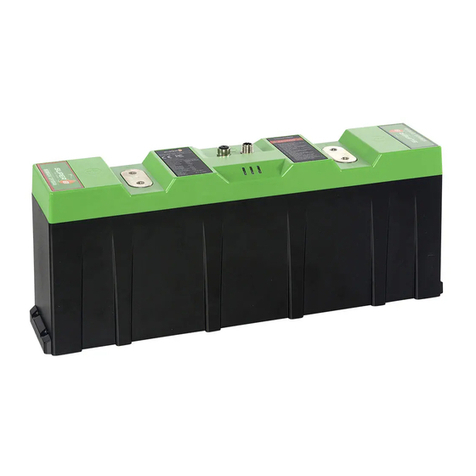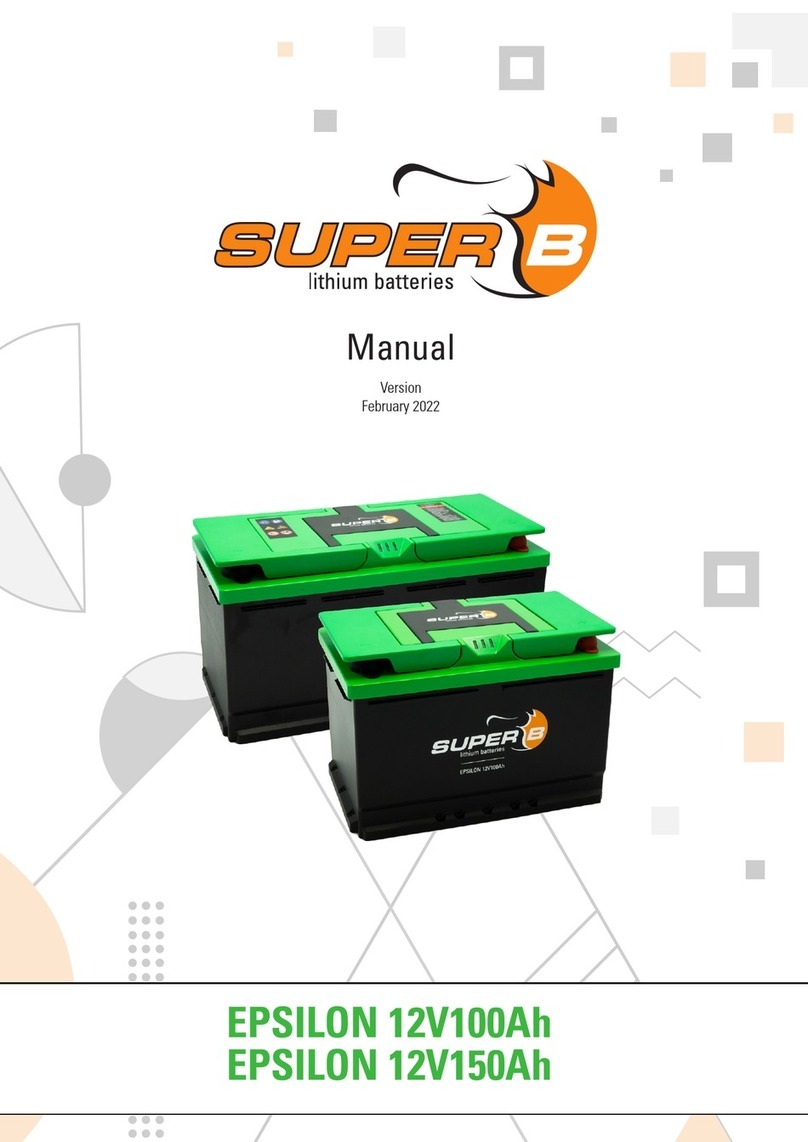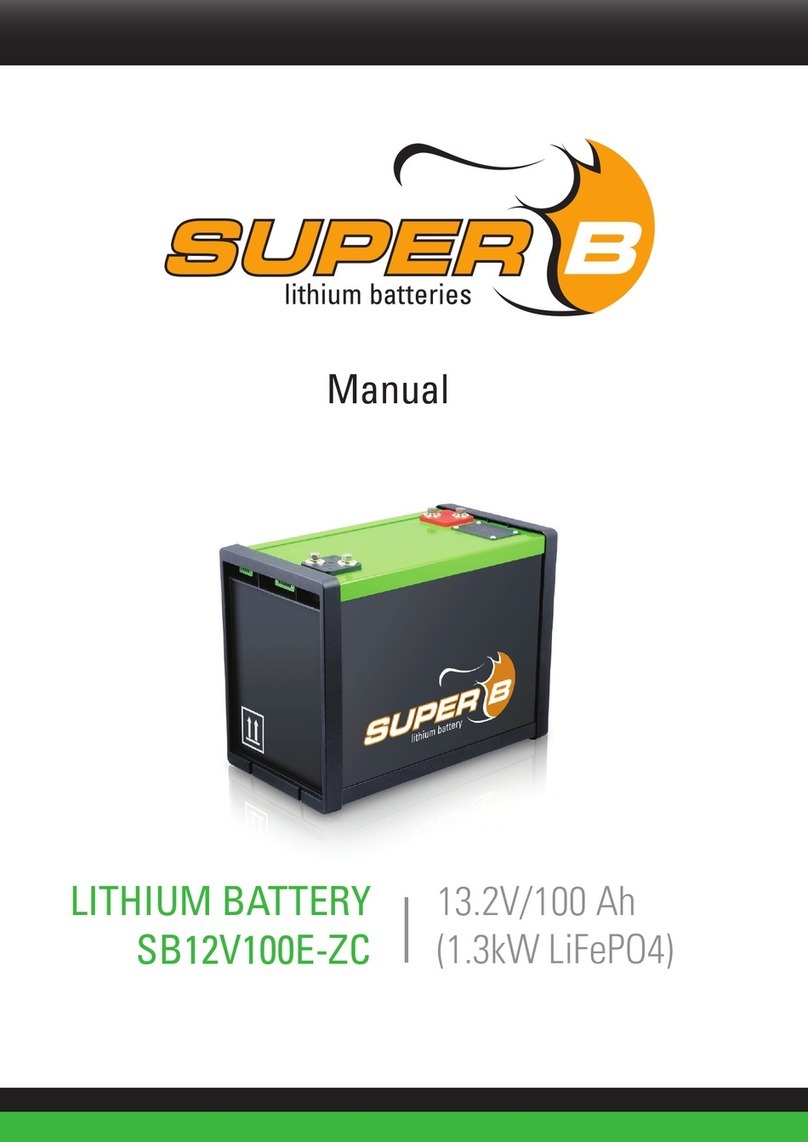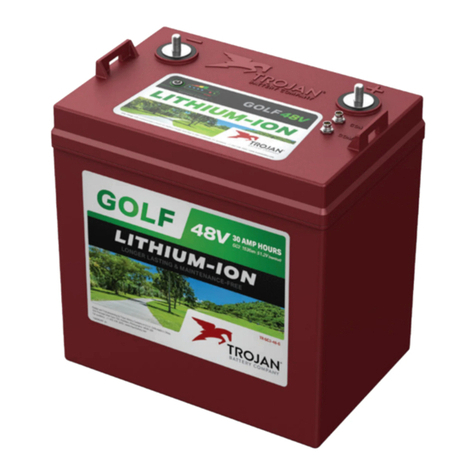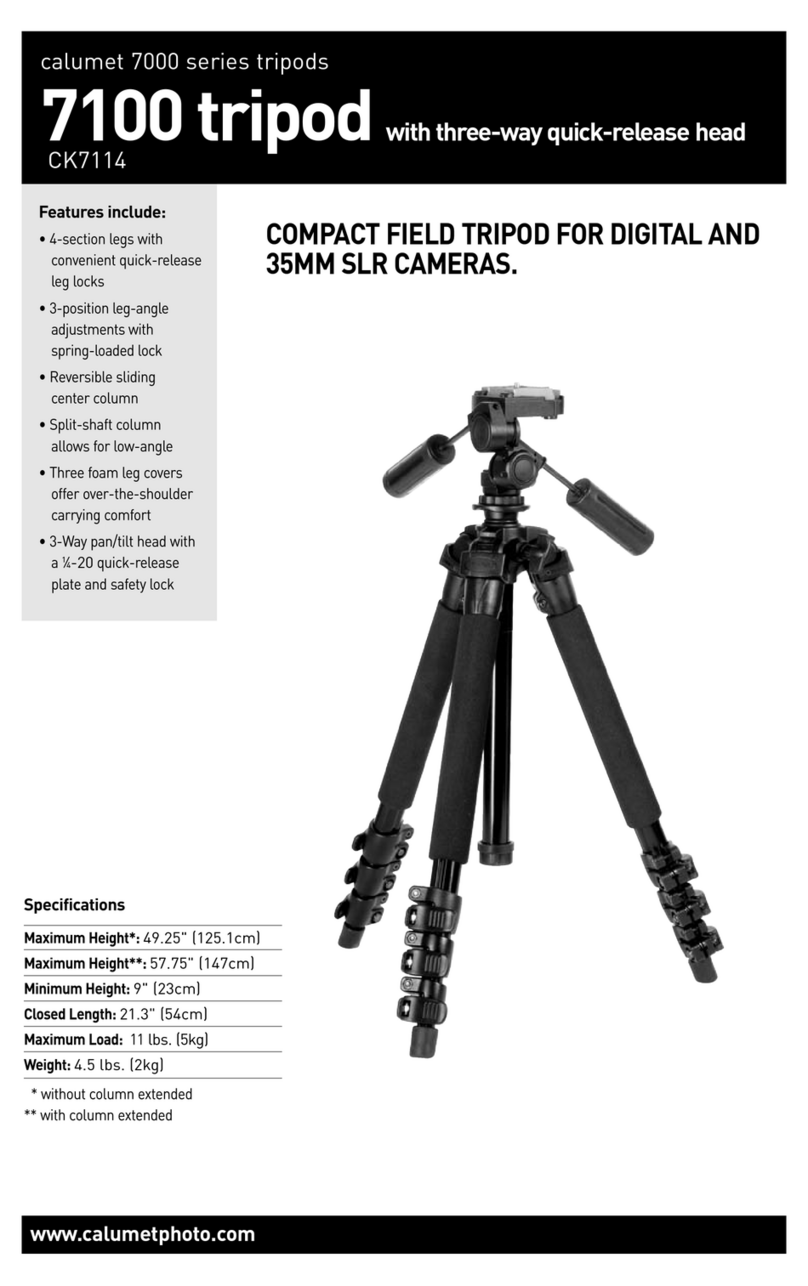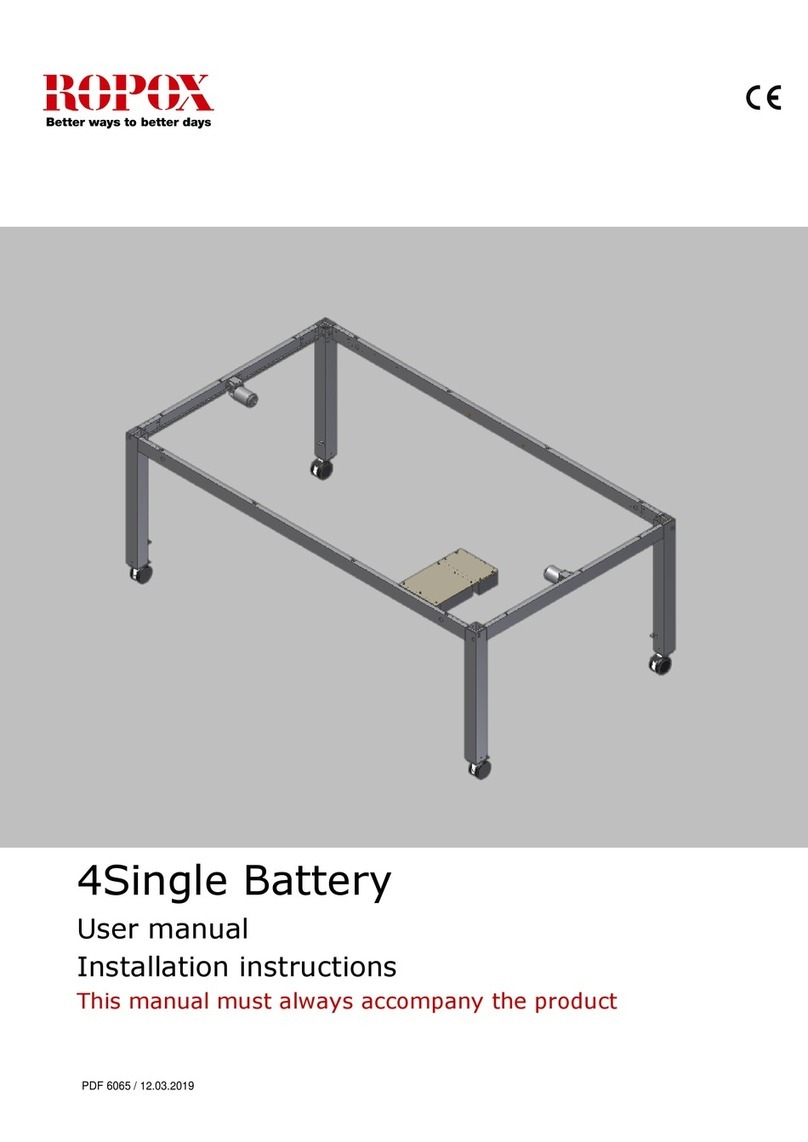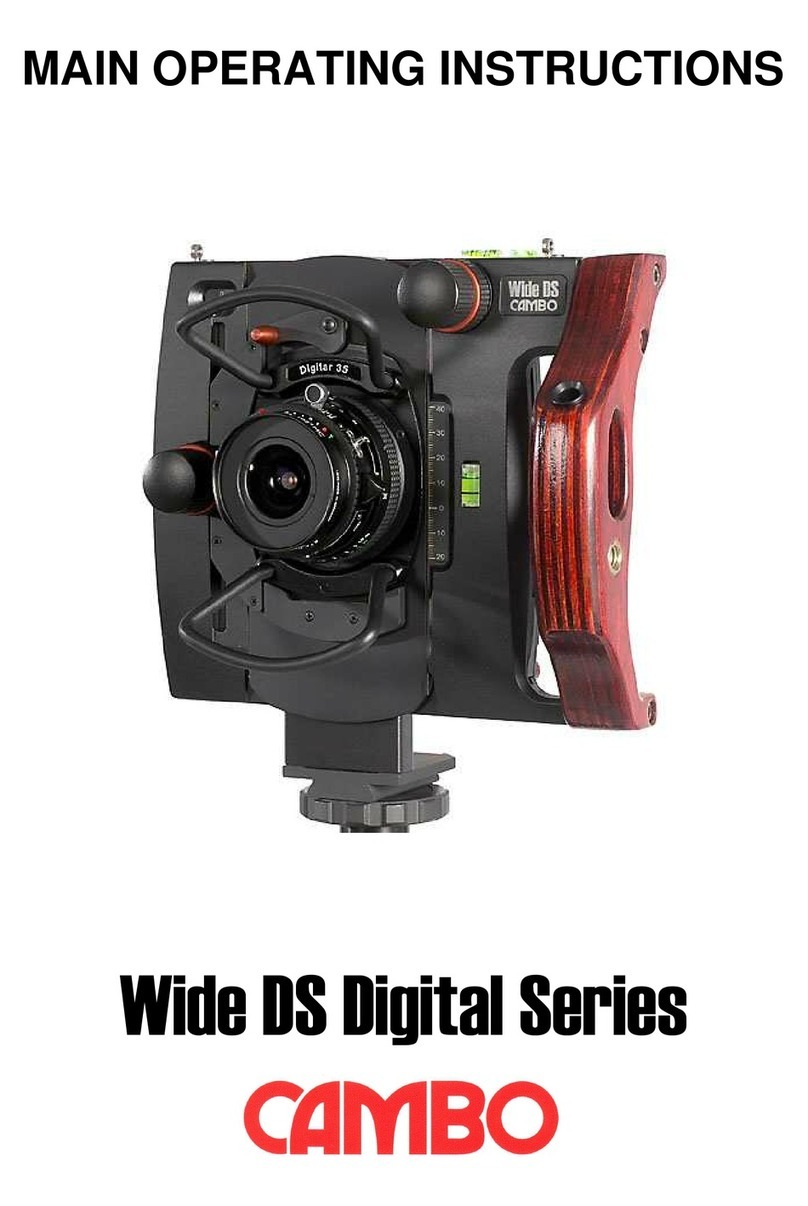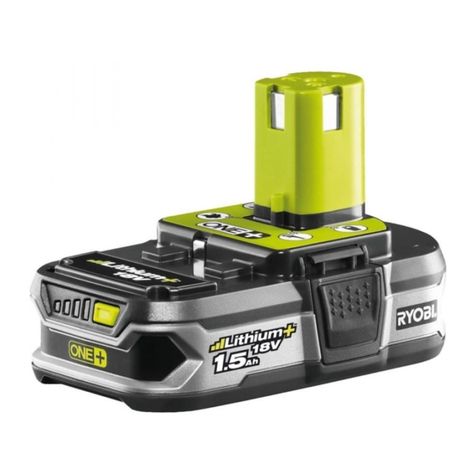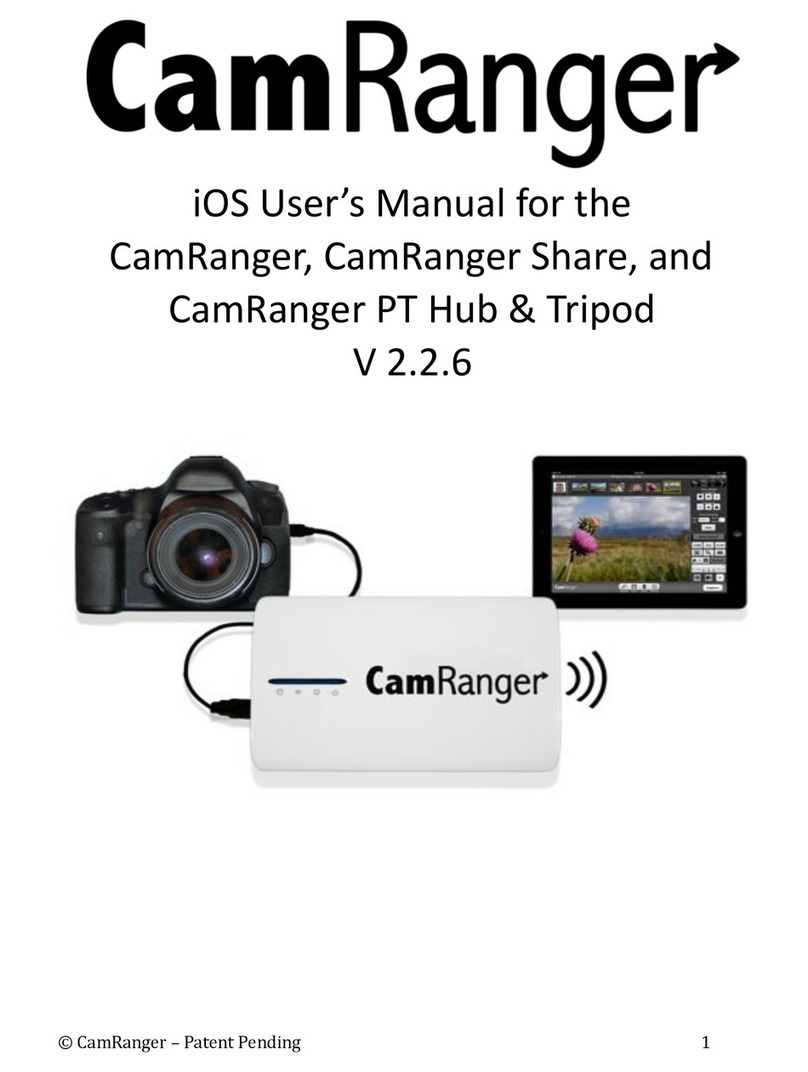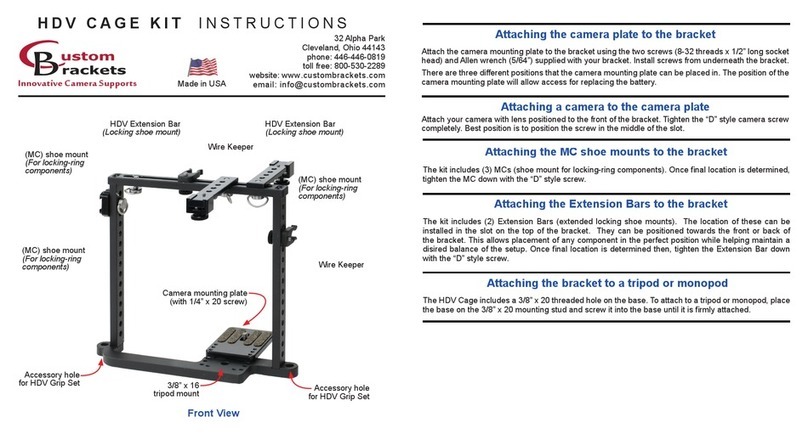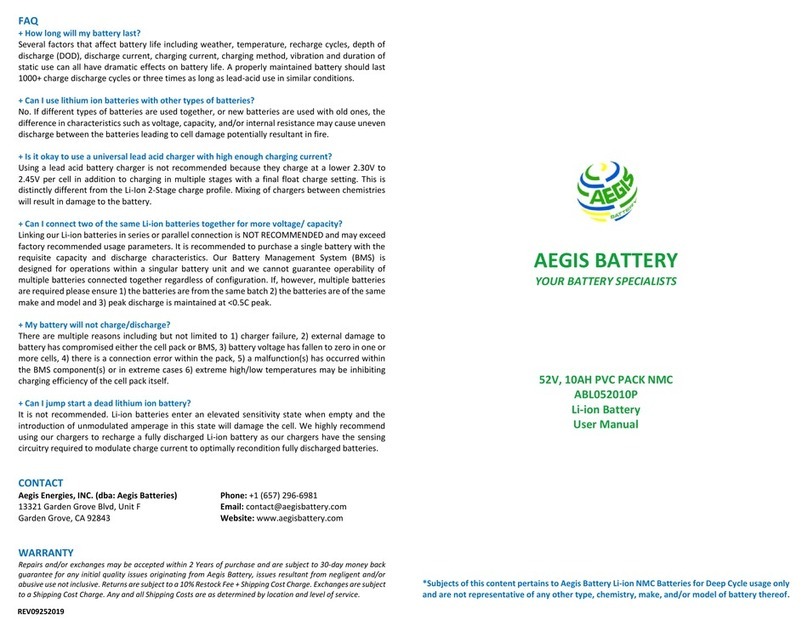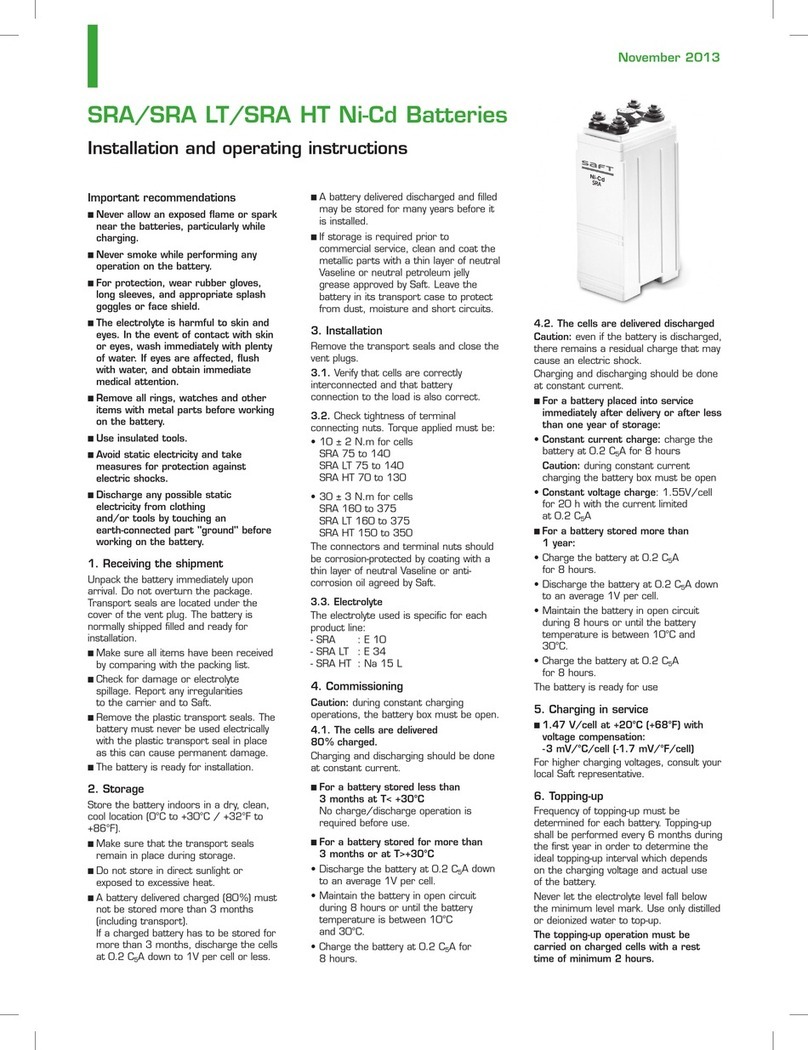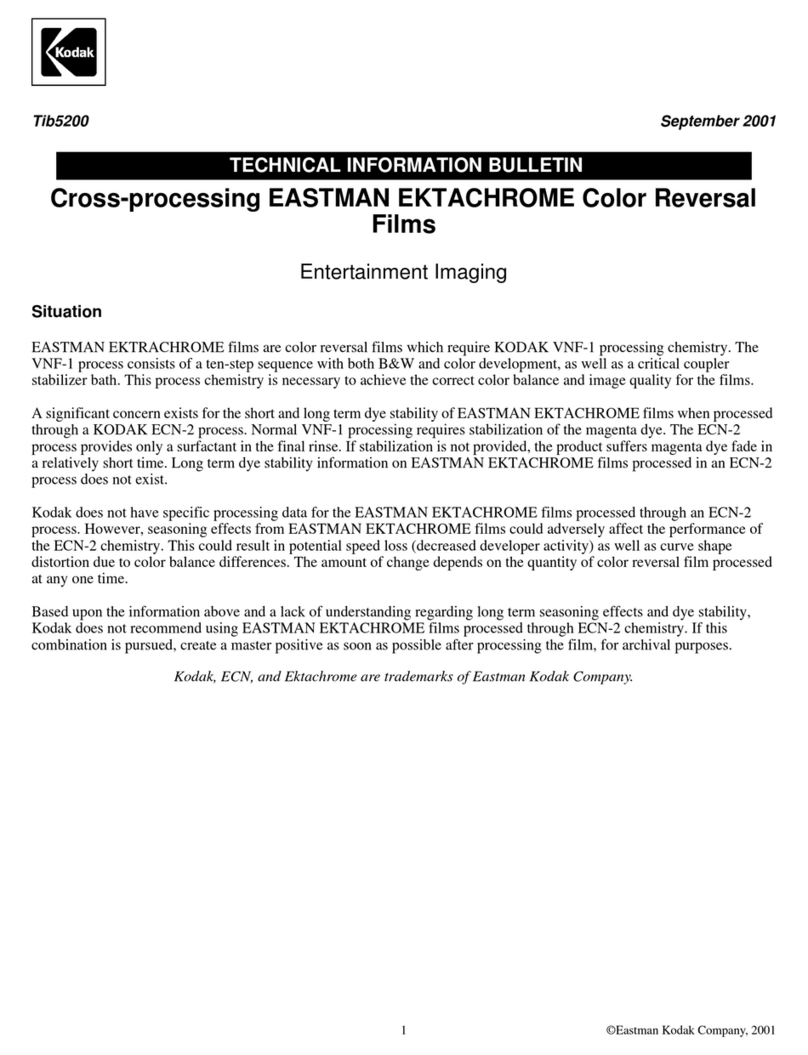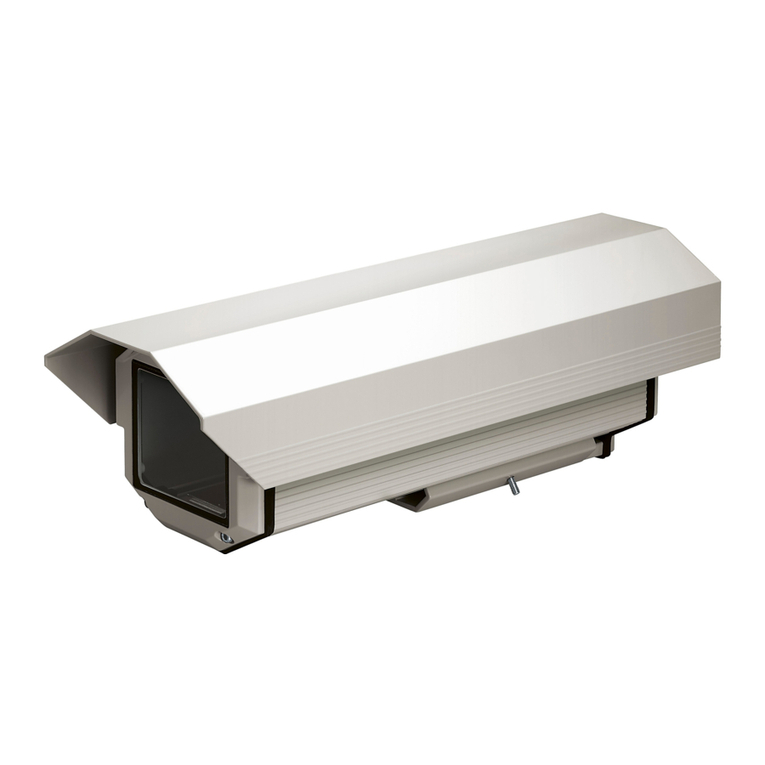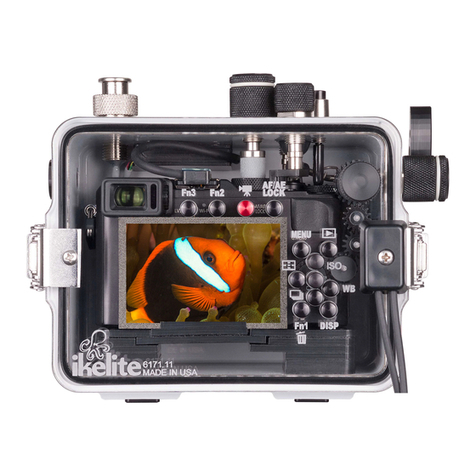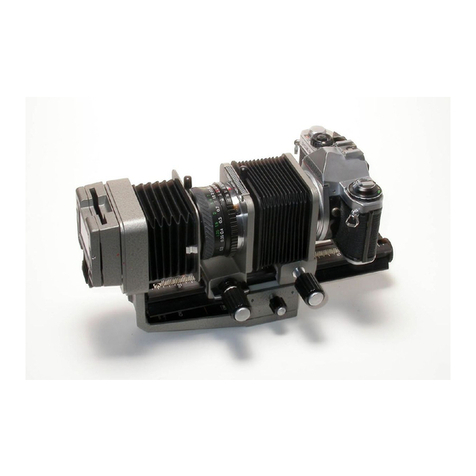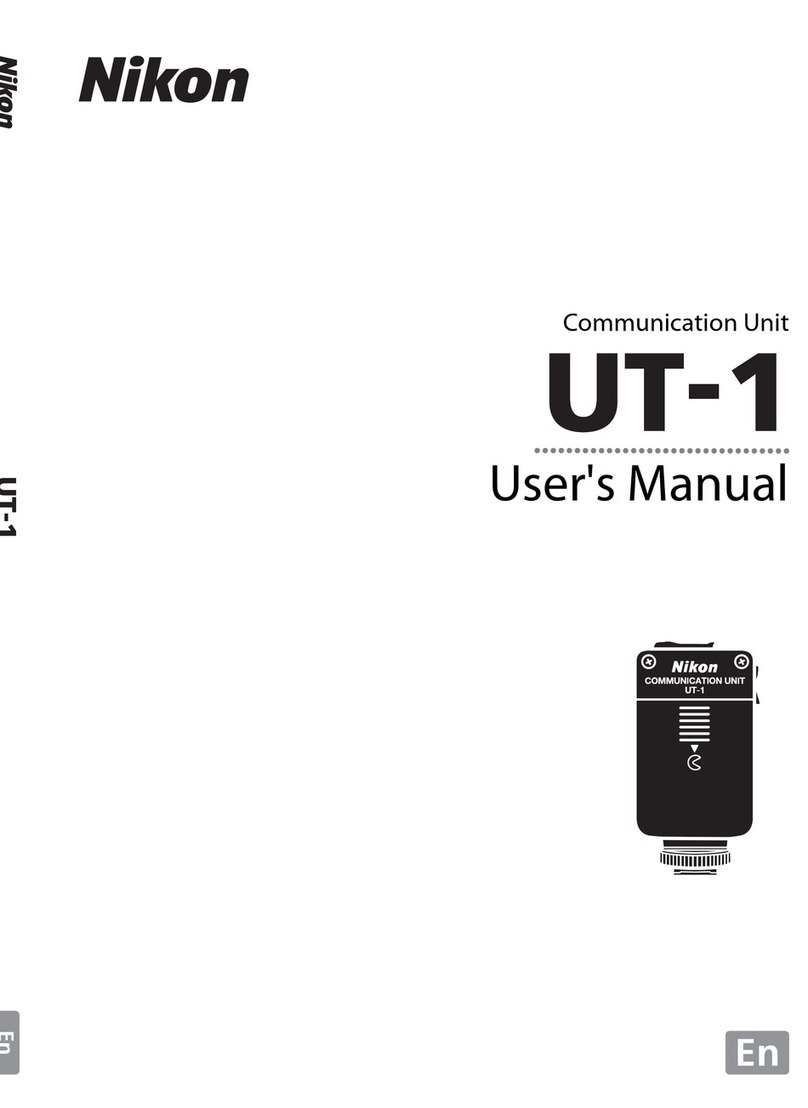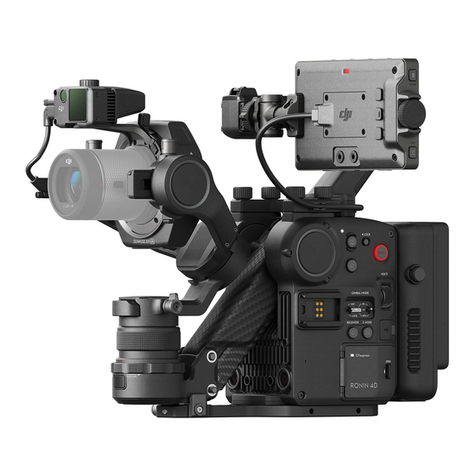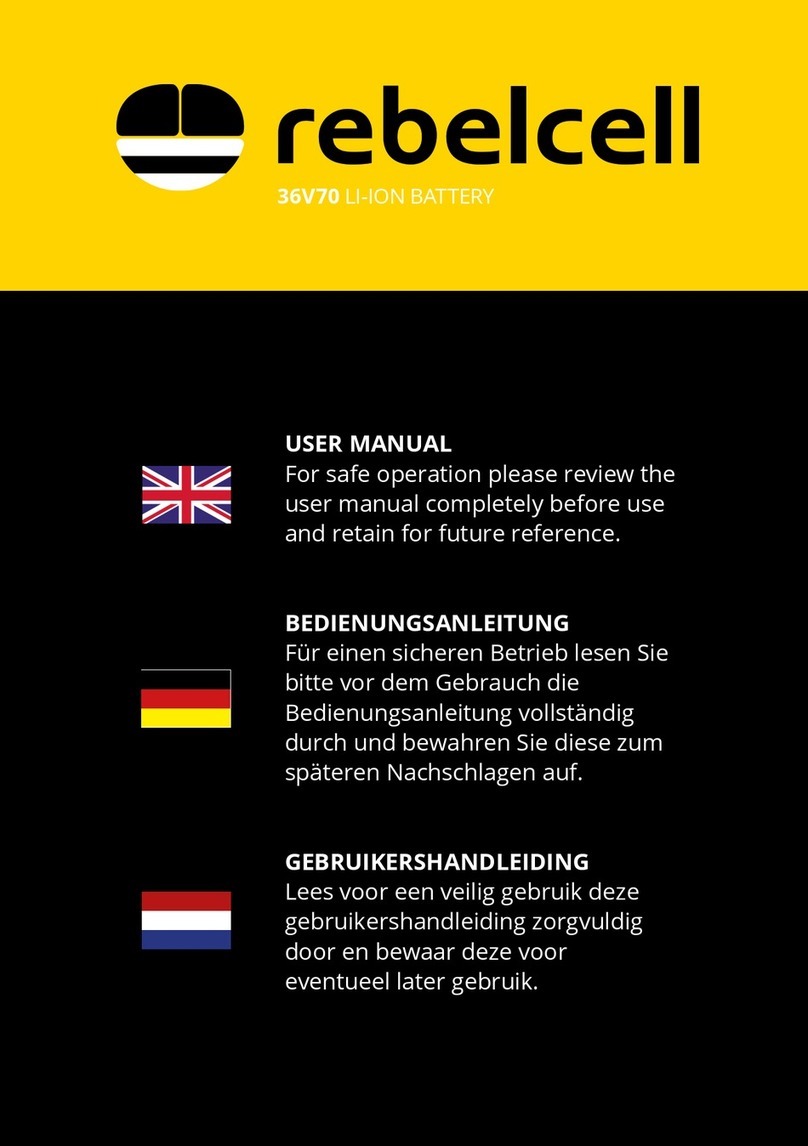2
User Manual SB12V160E-ZC Lithium Iron Phosphate
battery
Dear customer,
This is your lightweight Super B SB12V160E-ZC traction Li-ion battery. A high performance
Li-ion battery with only 1/3 of the size of a conventional lead acid battery. The Li-ion battery is
designed to replace the much heavier 250 to 320 Ah lead-acid battery.
This manual contains all the information necessary to install, use and maintain the Li-ion
battery. We kindly ask you to read this manual carefully before using the product. In this
manual, the Super B SB12V160E-ZC Li-ion battery will be referred to as: the Li-ion battery.
This manual is meant for the installer and the user of the Li-ion battery. Only qualified,
certified personnel may install and perform maintenance on the Li-ion battery. Please consult
the index at the start of this manual to locate information relevant to you.
The boundaries of its use, as described in this manual should always be upheld. The Li-ion
battery may not be used in medical or in aviation related applications. The Li-ion battery may
not be used for any purposes other than described in this manual. Using the Li-ion battery for
any other purpose will be considered improper use and will void the warranty of the product.
Super B cannot be held responsible for any damage caused by improper, incorrect or unwise
use of the product. Read and understand this manual completely before using the product.
During the use of the product, user safety should always be ensured, so installers, users,
service personnel and third parties can safely use the Li-ion battery. This is the original
manual, keep it in a safe location! Please consult www.super-b.com for the latest version of
all manuals.
Copyright© Super B All rights reserved. Licensed software products are owned by Super B
or its subsidiaries or suppliers, and are protected by national copyright laws and international
treaty provisions. Super B products are covered by Dutch and foreign patents, issued and
pending. Information in this publication supersedes that in all previously published material.
Specifications and price change privileges reserved. Super B is a registered trademark of
Super B
